Lying on and behind the North Esplanade was once an ambitious spa resort, brainchild of the Revd. David Davies. Daviesville, as it was known, comprised Steart House, the nearby Beverley Cottage, Marine House and the Round Tower buildings. The spa, probably funded by money from the sale of the Round Tower lighthouse to Trinity House, was in operation from 1833 to 1874.
Revd. Davies was curate at Burnham in the early years of the 19th century but had left to become rector of Cliddesden by the time the Daviesville development really got underway. However he continued to visit Burnham frequently.
Below is a circular dating to 1849 or earlier extolling the virtues of the mineral baths:
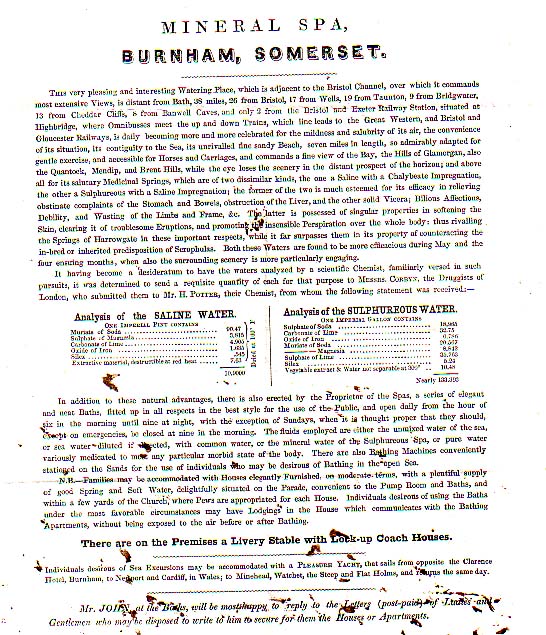
J. Salisbury’s 1859 ‘Handbook of Burnham’ mentions the hot and cold baths as having “every usual appliance for convenience, comfort and restoration of health.” It goes on to say that “At the rear is a small, tasteful building called”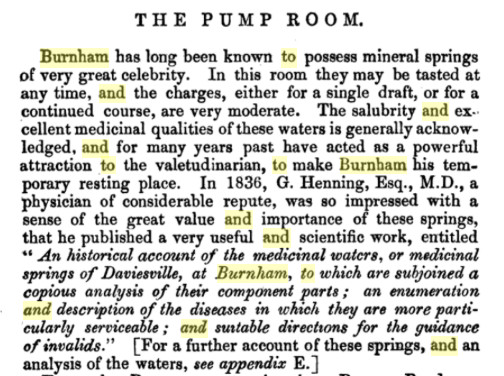
The appendix mentions that two separate springs were found by the Reverend Davies “one a saline or tonic, the other a sulphureous or alterative” which was determined by analysis arranged by Dr Henning.
Burnham historian Samuel Nash (1913 – 1985) has written of an undated leaflet produced as publicity for the Spa which claims the waters were good for “relieving obstinate complaints of the stomach and bowels, obstruction of the liver, bilious affections, debility and wasting of the limbs and frame” and that they were “most efficatious during May and the four ensuing months, when also the surrounding scenery is more particularly engaging.” It goes on to describe “a series of elegant and neat baths, fitted up in all respects in the best style of ease for the public and open daily from the hours of six in the morning until nine at night [with the exception of Sundays, when it was thought proper that they should] except in emergencies, be closed at nine in the morning.” The leaflet also tells us that “Families may be accomodated with houses elegantly furnished, on moderate terms, with a plentiful supply of good spring water, delightfully situated on the Parade, convenient to the Pump Room and Baths, and within a few yards of the Church, where pews are appropriated for each house. Individuals desirous of using the baths under most favourable circumstances may have lodgings in the house which communicates with the bathing apartments, without being exposed to the air before or after bathing.” Mr Nash also mentions a guide book of 1863 which refers to a sanatorium recently opened by a resident medical practitioner, Henry Hayman FRCS. This was described as “offering advantages to invalids, from the fact of its being conducted by a man of talent and in every way worthy of the name of gentleman.” Mr Nash adds that Mr Hayman is shown on a contemporary survey as having occupied one of the buildings belonging to the Spa. (Burnham on Sea Archaeological and Natural History Society Journal 1996)
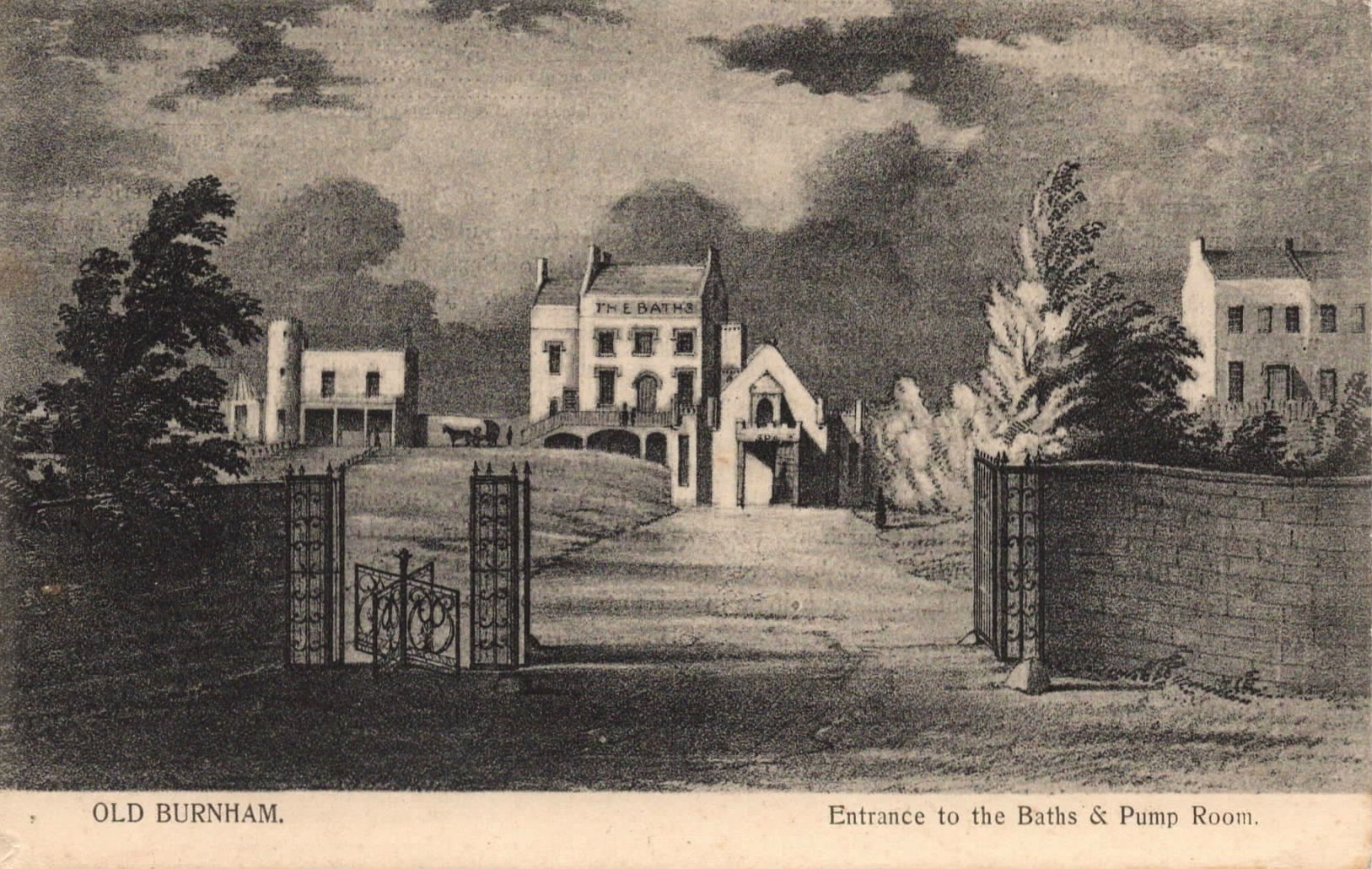
Engraving of the Spa in its heyday as seen from Berrow Road along the line of what is now Myrtle Drive. (From ‘Beyond the Shadows’ a history of three local families by Rita Probert). Before the railway came to Burnham an omnibus used to run from the Baths to Highbridge Station. Below, a later view .
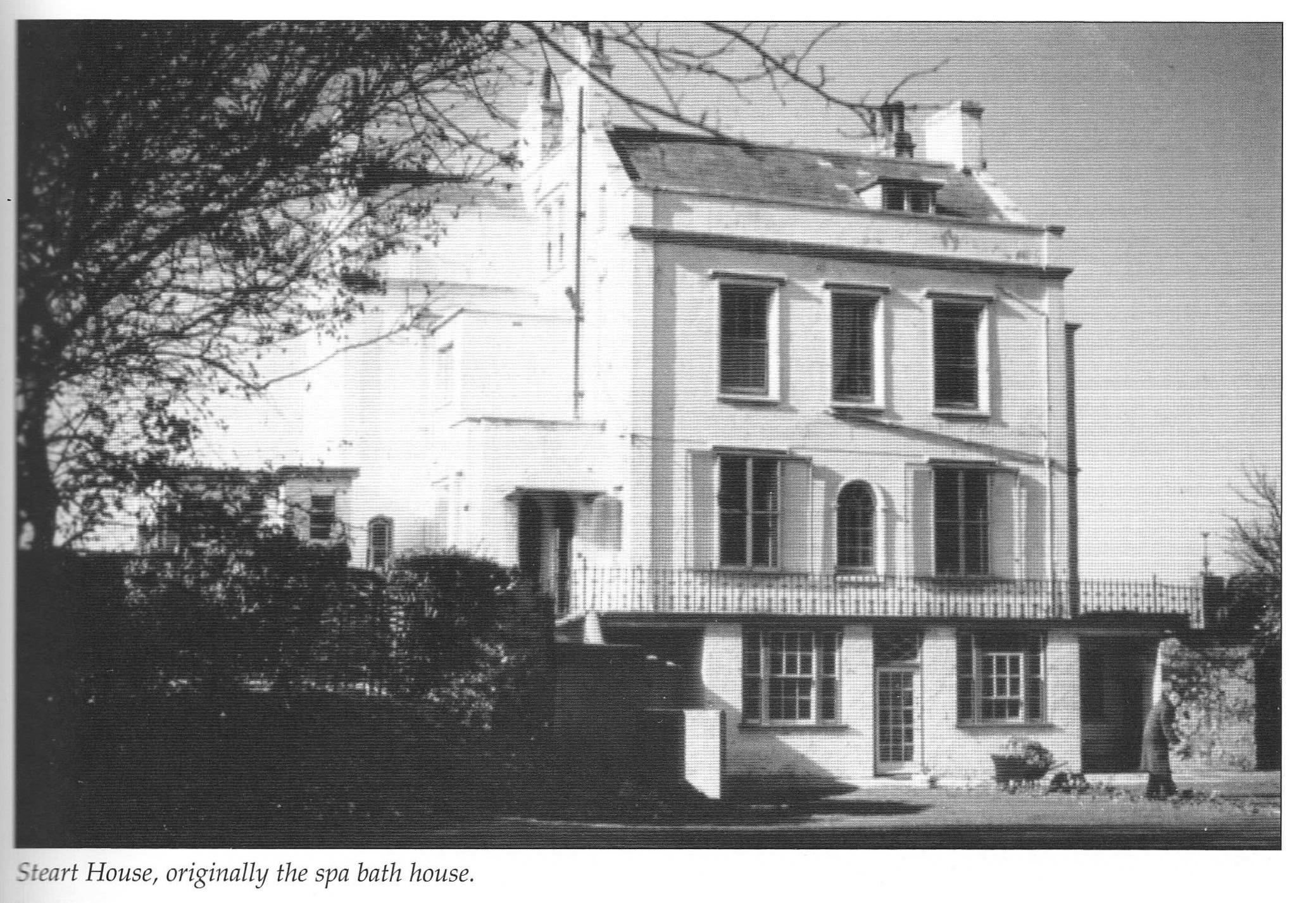
Below: the remains of the water intake for the Spa remained visible on the beach for many years.
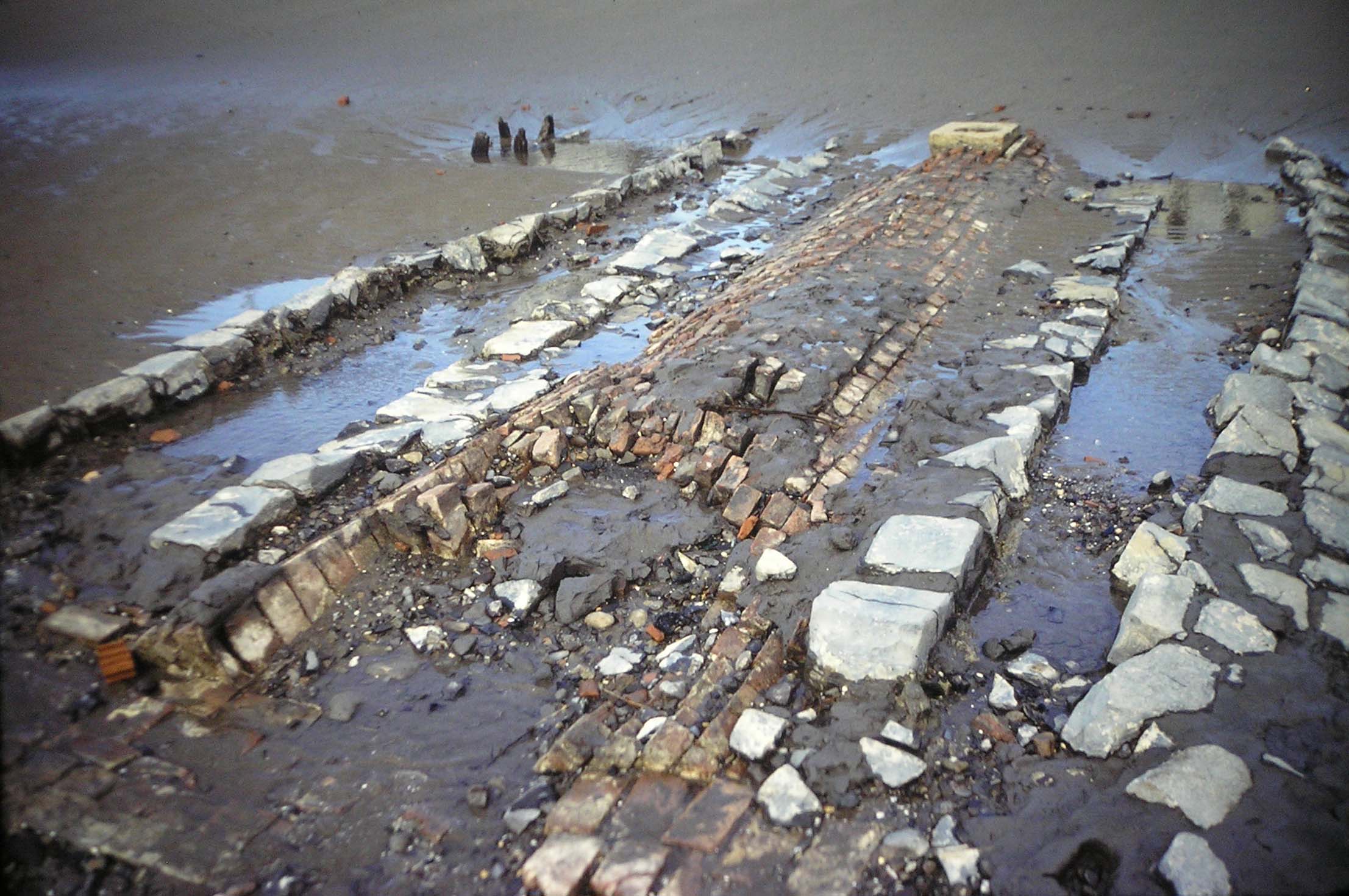
NOTICE OF SALE – July 1870
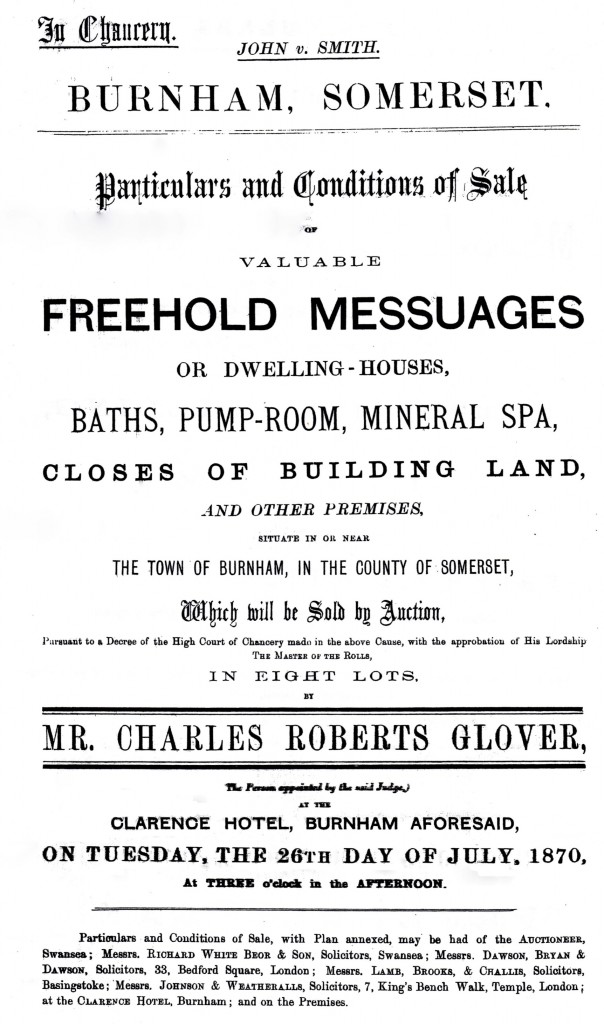
See map and details of sale lots.
It appears that another attempt was made to re-establish the spa in 1874 when the Western Gazette (25th December) reported:
‘Amongst the new limited liability companies recently started is the Burnham Baths and Mineral Spa Company, capital £20,000, in £5 shares, to erect baths, boarding houses &c at Burnham.’
The clipping below, found in the Dupuis Diaries, may be from the same source.
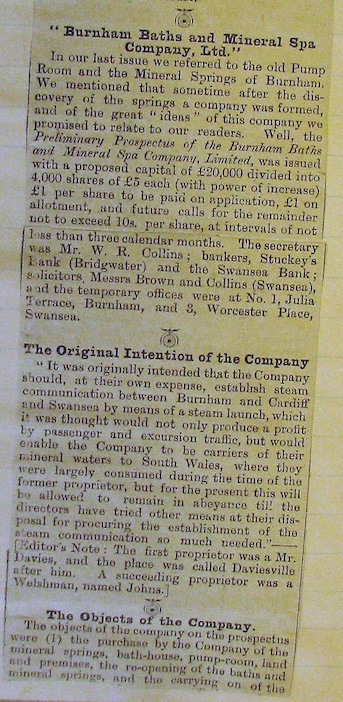
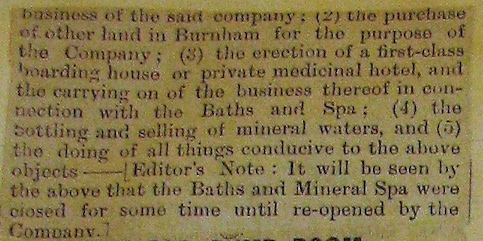
However, Samuel Nash suggests that difficulties arose with the purchase of the house. He says that in 1883 no mention of the Spa was made in a lengthy newspaper account of Burnham and that year also saw the death of Dr Beverley Robinson Morris MD, resident in the old lighthouse [Round Tower] who was later described as the last doctor at the baths.
Nash also tells us that between the wars a suggestion was made by a local council member that the spa might be revived, but a local health official reported that the springs were contaminated.
Further details are given in a retrospective article in the Western Mail and South Wales News for 24th April 1936.
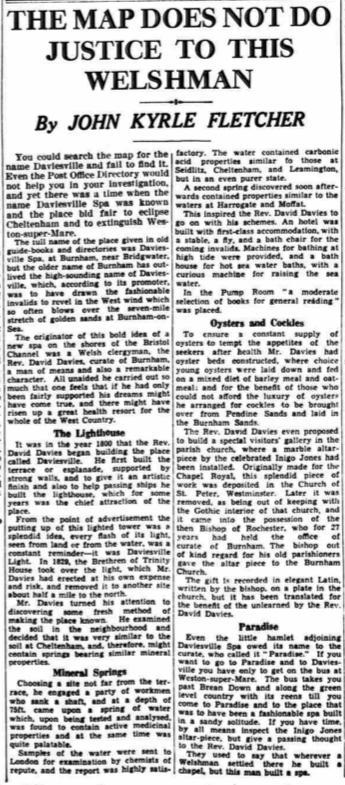

(From ‘Beyond the Shadows’ a history of three local families by Rita Probert)
Note the correspondence of the Tea Room frontage with the central building in the early engraving at top. It can be seen that the original entrance was from a verandah on the first floor, through what was later turned into an arched window. The basement level was subsequently developed into the ground floor of the tea room.
Below is a modern view from the church tower showing the remaining buildings.
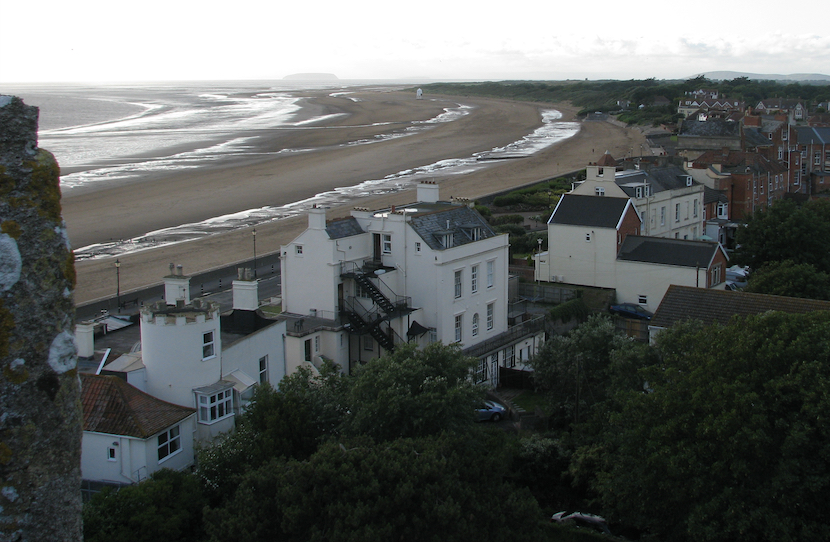
Extracts from Dr Henning’s History here

I have a circular from the Spa written from Bristol on 25th October 1849 with two lithographs of Burnham from the Sea and of the Entrance to the Baths and Pump Room by Lavars of Bridge Street, Bristol, with a page of text about the spa including an analysis of the water.
Hello John,
Thanks for this posting and we would love a copy of your circular to post here.
I have replied via my home mail as attachments cannot be sent to this web,
Thanks again,
John
Would love a copy and any photos pls
A most interesting read. This house was my home from 1938 until 1959 . my Father continued to live there until his death in 1971.
Thanks for your comment Pat. Please let us know if you have any more information about your old home.
Hi pat. Do you have any picture of the house. We have a flat in the building. Would be lovely to see how it looked back then. Kind regards Jean ramsden
Hi pat. Do you have any picture of the house. We have a flat in the building. Would be lovely to see how it looked back then. Kind regards
Hi pat. Do you have any picture of the house. We have a flat in the building. Would be lovely to see how it looked back then. Kind regards
Pictures would be lovely if you have any
Photographs would be lovely if you have any
Photographs would be lovely if you have any